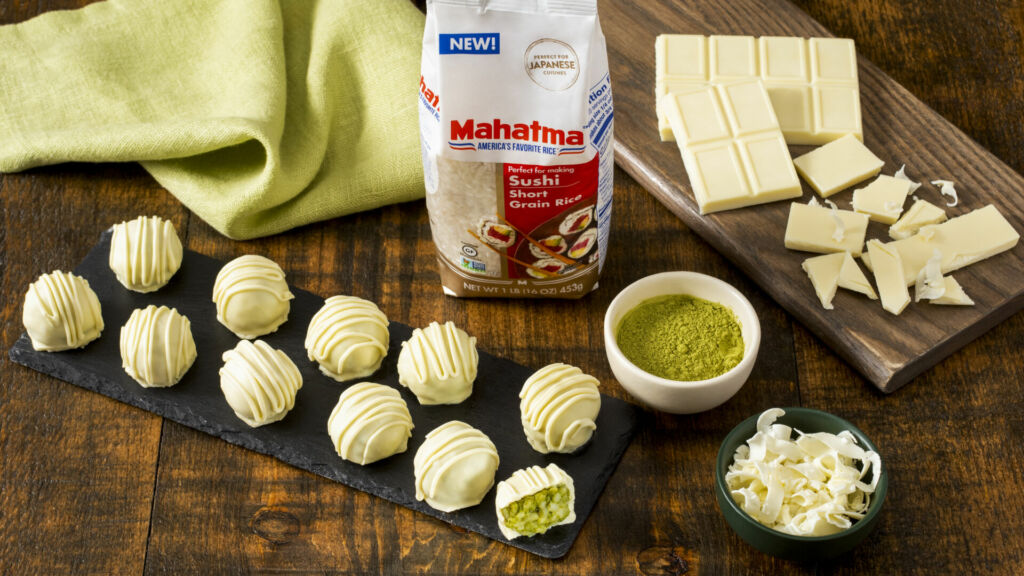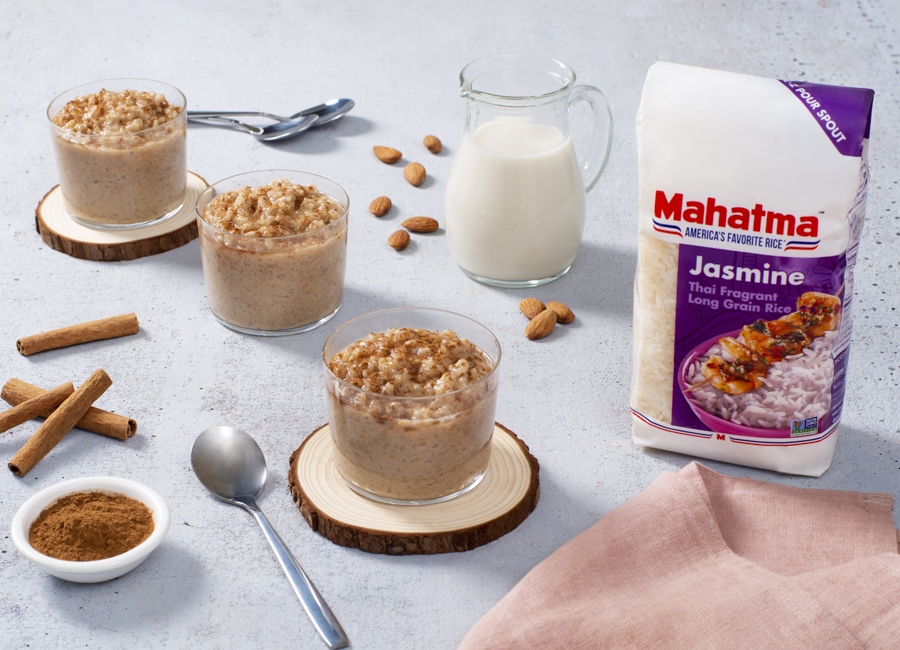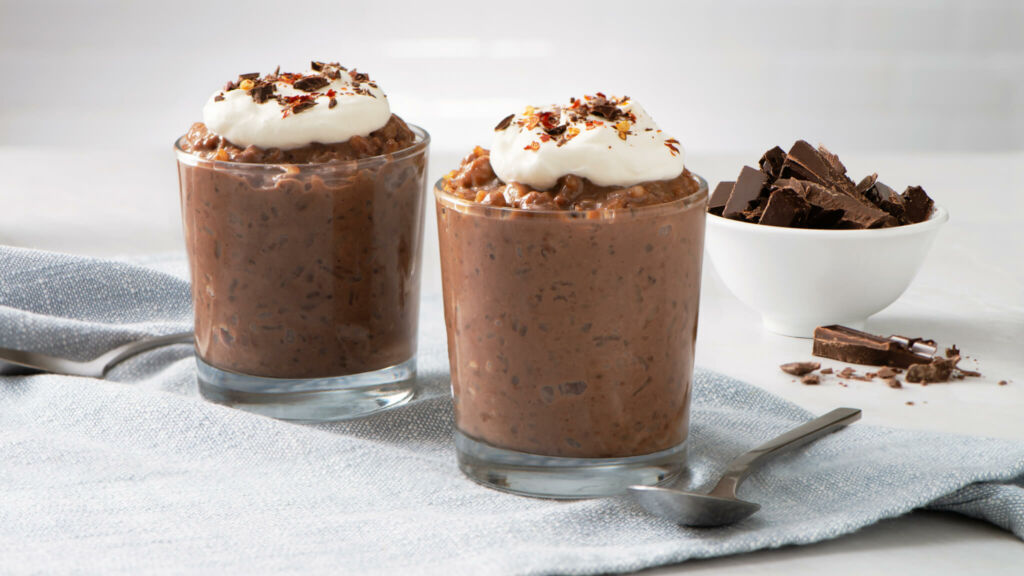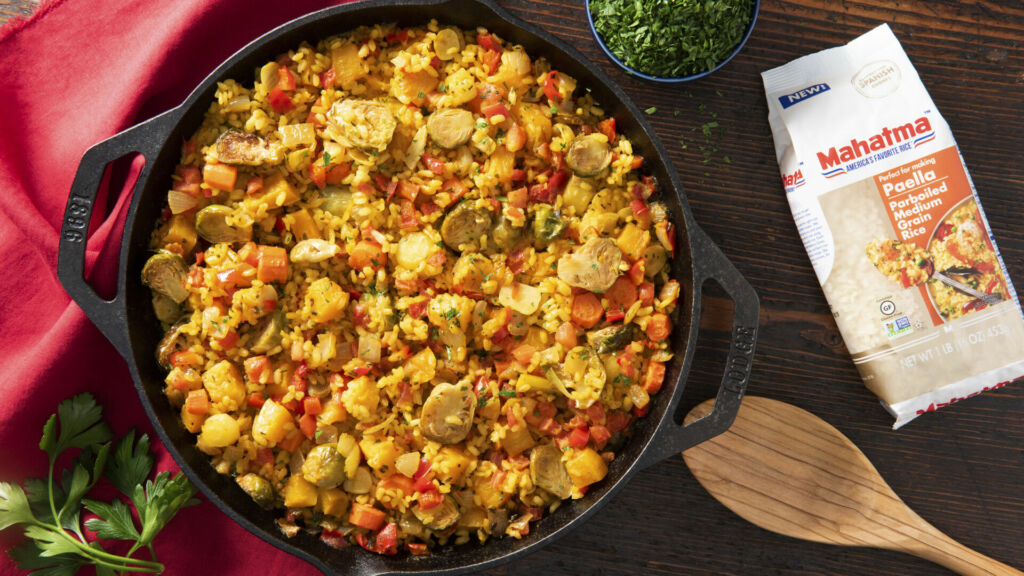Whether you’re new to baking or a pro with years of experience and a book of secret family recipes, you probably know it is best to keep vanilla extract stocked in your pantry. A common ingredient in many desserts and baked goods, vanilla adds a subtle, yet key flavor that can enhance the overall taste of your dish. With many varieties and uses, vanilla is a delicious and rich flavoring to keep on hand.
Read ahead to learn about vanilla and how to use it in a variety of fun desserts!
What is Vanilla?
Vanilla is a flavoring that is extracted from the seeds of the vanilla plant, which is a member of the orchid family. The plant is native to Mexico, but is now grown in many tropical regions like Madagascar, Tahiti and Indonesia. Growing and harvesting the vanilla is a labor-intensive process because it must be done by hand, making it the second most expensive spice in the world after saffron! There are several usable forms available such as vanilla extract, beans and paste.
Different Types of Vanilla
There are many different types and forms of vanilla that can be used in your recipes.
Extract: Vanilla extract is the most commonly used form of the plant that is readily available in the baking section of your local grocery store. The extract is made by soaking vanilla beans in alcohol to extract the flavor.
Paste: Vanilla paste is a syrup-like mixture that contains the seeds and extract of the vanilla beans.
Beans: Vanilla beans can be scraped to add the tiny seeds to your recipe.
The taste of your vanilla will very much depend on where it comes from and how it is grown. There is extract from Mexico, Madagascar, Tahiti, Papua New Guinea, Indonesia and Uganda. Some say that Mexican vanilla is the best because that is where it originates from, but it all comes down to personal preference! As there are over 150 types of vanilla, deciding which one is best is up to you!
What Does Adding Vanilla Do to a Recipe?
Vanilla is a versatile ingredient that adds depth and complexity to your recipes and pairs nicely with many flavors, such as chocolate, coffee, fruit and caramel. It gives a creamy richness to the dish that balances out other bold flavors.
When Should I Add Vanilla Extract?
The timing of adding the extract to a dessert depends on the specific recipe you are following, but if you are going free-form in the kitchen, here are some simple guidelines:
If you are making a recipe like this Chocolate Hot Cakes with Brown Rice you’ll want to add the vanilla in while you are mixing the butter and sugar together along with the other wet ingredients.
For desserts such as custard or this Horchata Ice Cream, add the extract towards the end of the cooking process.
What if I Accidentally Use Too Much?
If you are a vanilla lover, using more than the recipe calls for may not be a big deal, however too much will completely overpower the other flavors of a dessert. If you decided not to measure and accidentally poured too much vanilla in your Matcha Green Tea and White Chocolate Rice Truffles, or you made the common mistake of using tablespoons instead of teaspoons, try using some lemon juice or salt to balance out the rich flavor!

Vanilla Extract in Desserts
There are plenty of rice-based desserts that a teaspoon of extract will enhance. Try this Atole de Arroz for a Mexican rice drink that will keep you warm during the winter or this creamy Cuban-Style Natilla Custard with Jasmine Rice perfect for your next dinner party.
Rice Pudding
Vanilla is a perfect way to add flavor to simple desserts such as rice pudding! Use it in this simple Almond Milk Rice Pudding or see how it balances out the flavors in these Pineapple and Mango Rice Pudding Parfaits. While most recipes call for ½ to 2 tsp of extract, you can adjust this amount to your taste. Be careful to not put too much, as it can overpower the entire flavor of the dish. Start with less and add more if desired.

For more rice pudding recipes with vanilla, try this Strawberry Churro Rice Pudding or this creamy Mexican-style Cajeta Rice Pudding that uses Vanilla to balance out the rich caramel and spicy cinnamon.
The Role of Vanilla in Chocolate
Though we often think of them as opposites, vanilla is typically an ingredient in most chocolate. The creaminess and rich sweetness balance out the bitter acidity of cocoa, making them a match made in dessert heaven. Many chocolate-centric recipes also typically call for the addition of vanilla, such as chocolate cakes, cookies, and this German Chocolate Rice Pudding.

Vanilla in Savory Recipes
While vanilla is most commonly added to desserts and baked goods, it can also add depth and complexity to a number of savory recipes as well! For example, you can use vanilla for:
Vegetables: Adding a teaspoon of extract to a mix of root vegetables before roasting them is a great way to add a hint of subtle sweetness.
Unfollow the recipe and add some vanilla to this Roasted Harvest Veggie Paella for an interesting twist!

Get Saucy: add a small amount of vanilla extract to sauces and marinades for meats and vegetables for a unique and complex flavor. A hint of sweetness can balance out the vinegar of a barbeque sauce to the spiciness of a chili sauce!
Cocktails: add some vanilla to your rum-based cocktail to drink while making these Christmas Cake Brown Rice Fritters to balance out the harshness of the alcohol.
For more creative inspiration in the kitchen, learn how to reuse your leftovers with these simple tricks and recipes.
